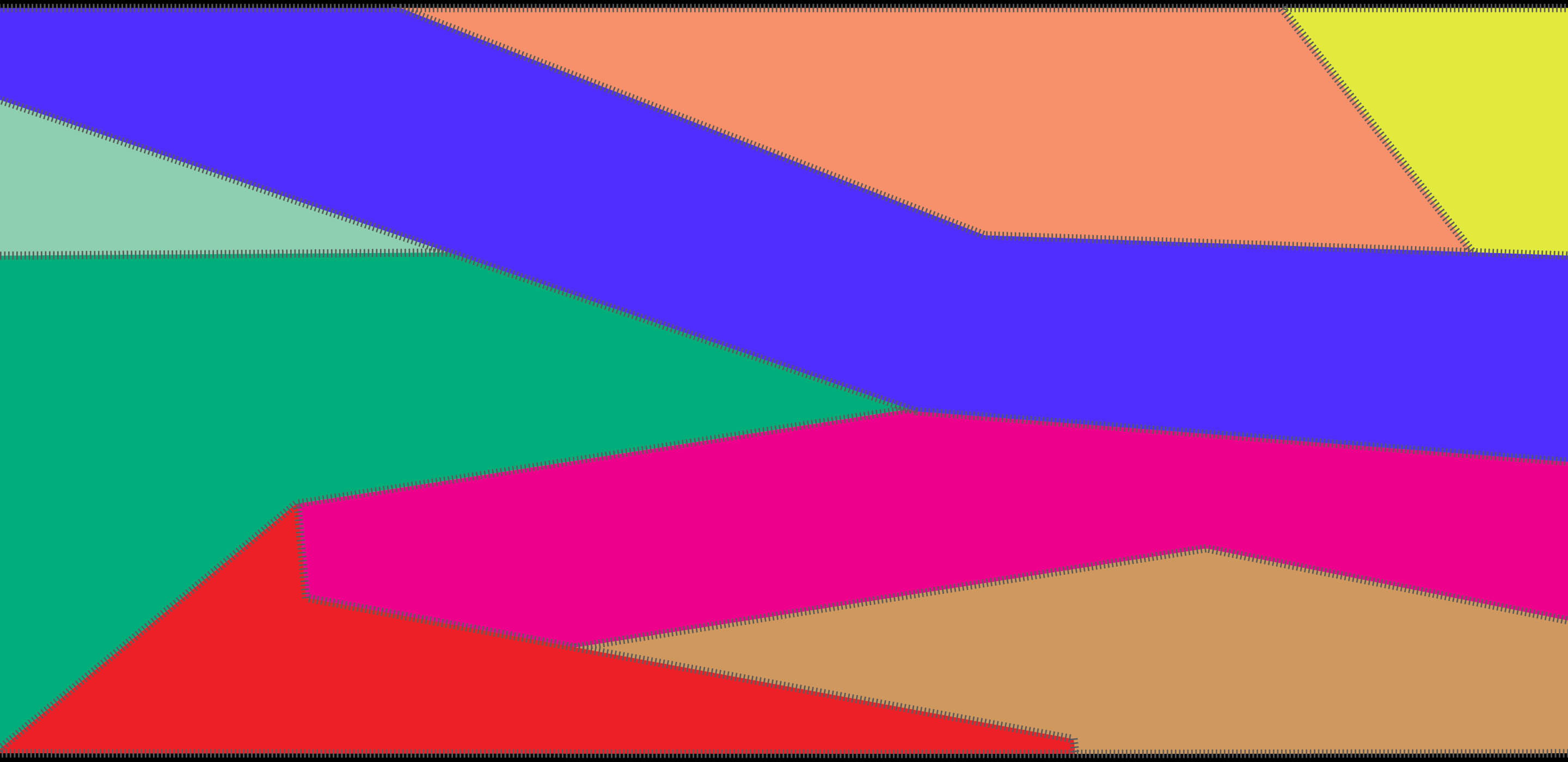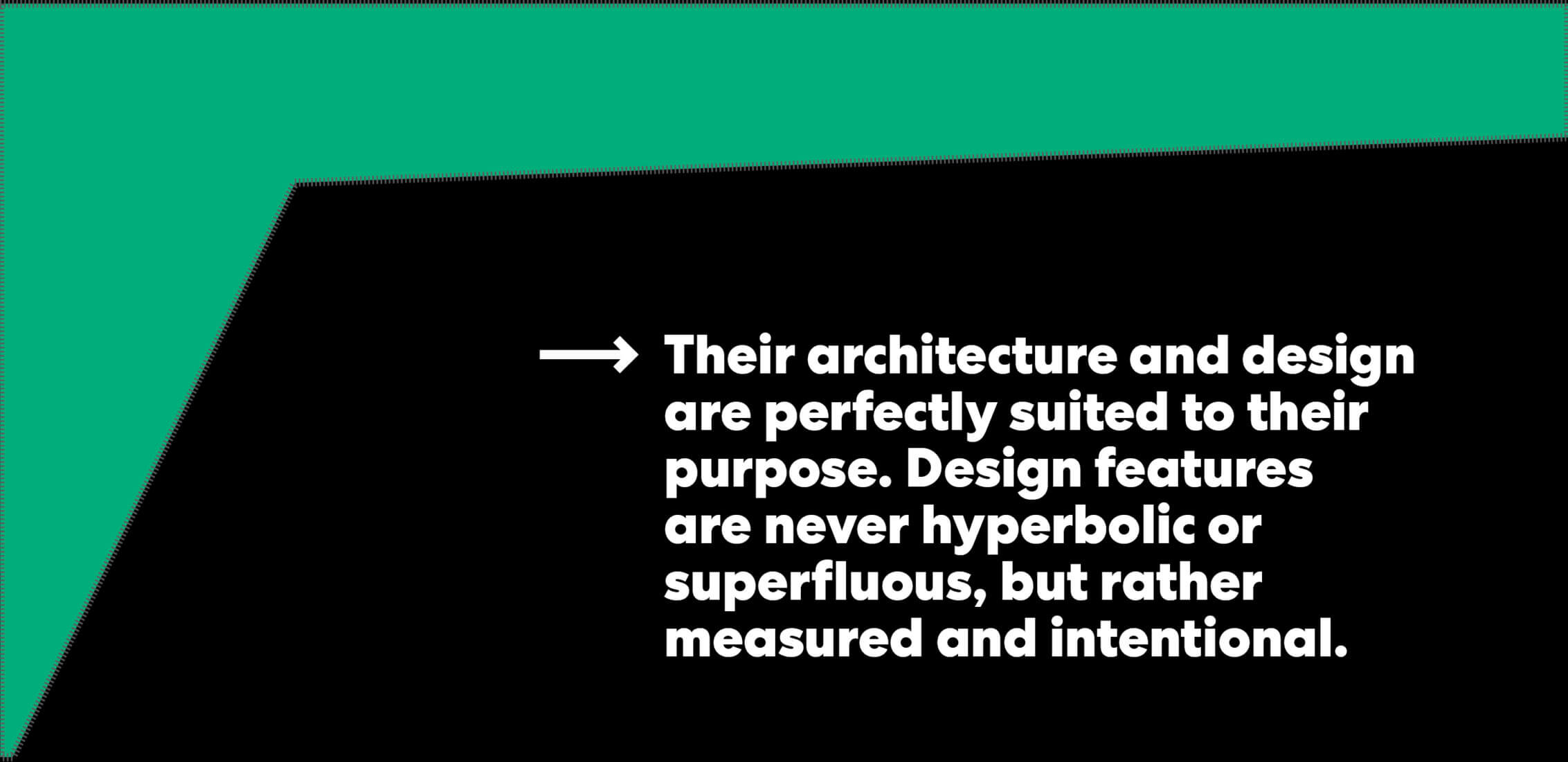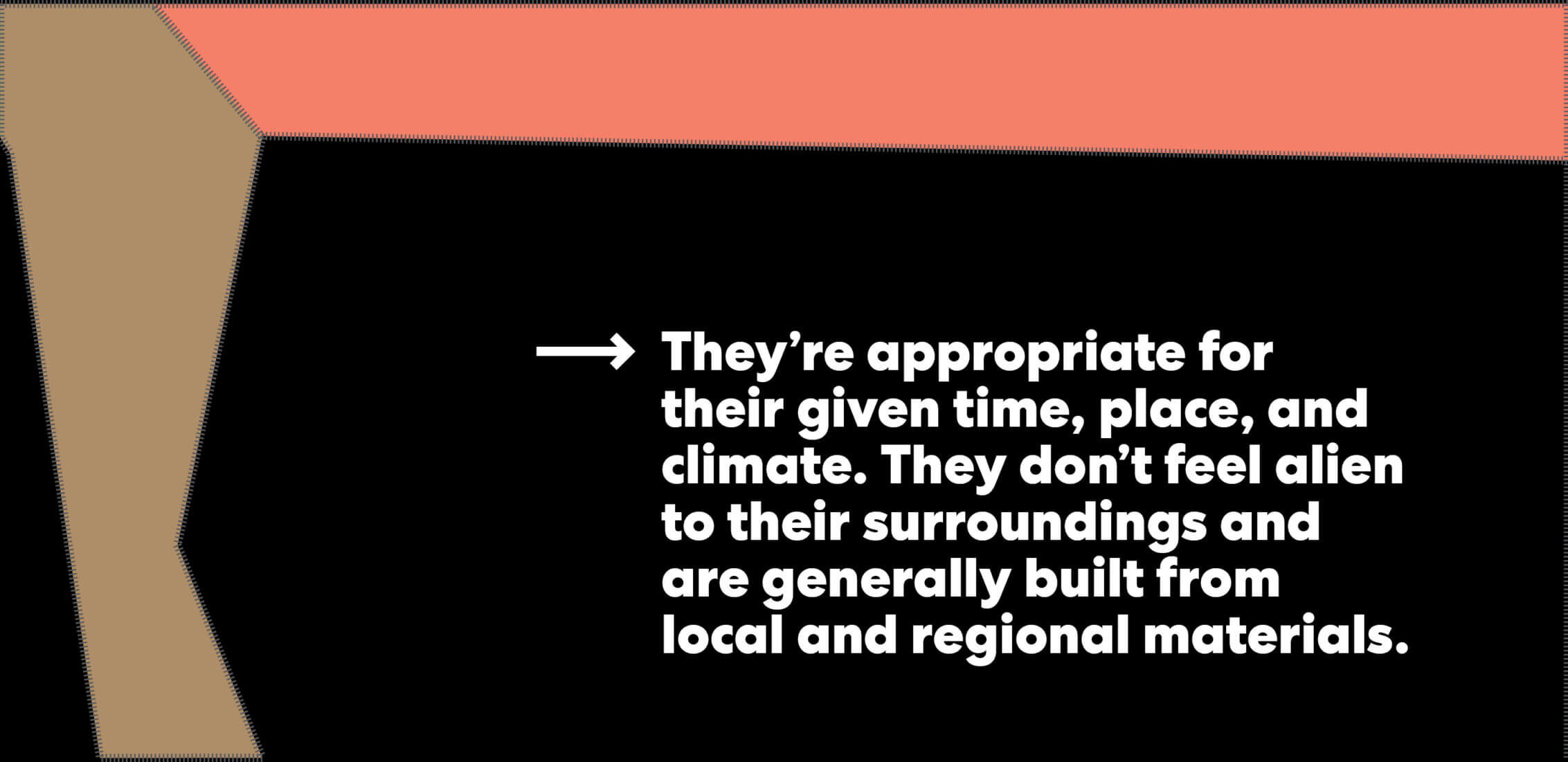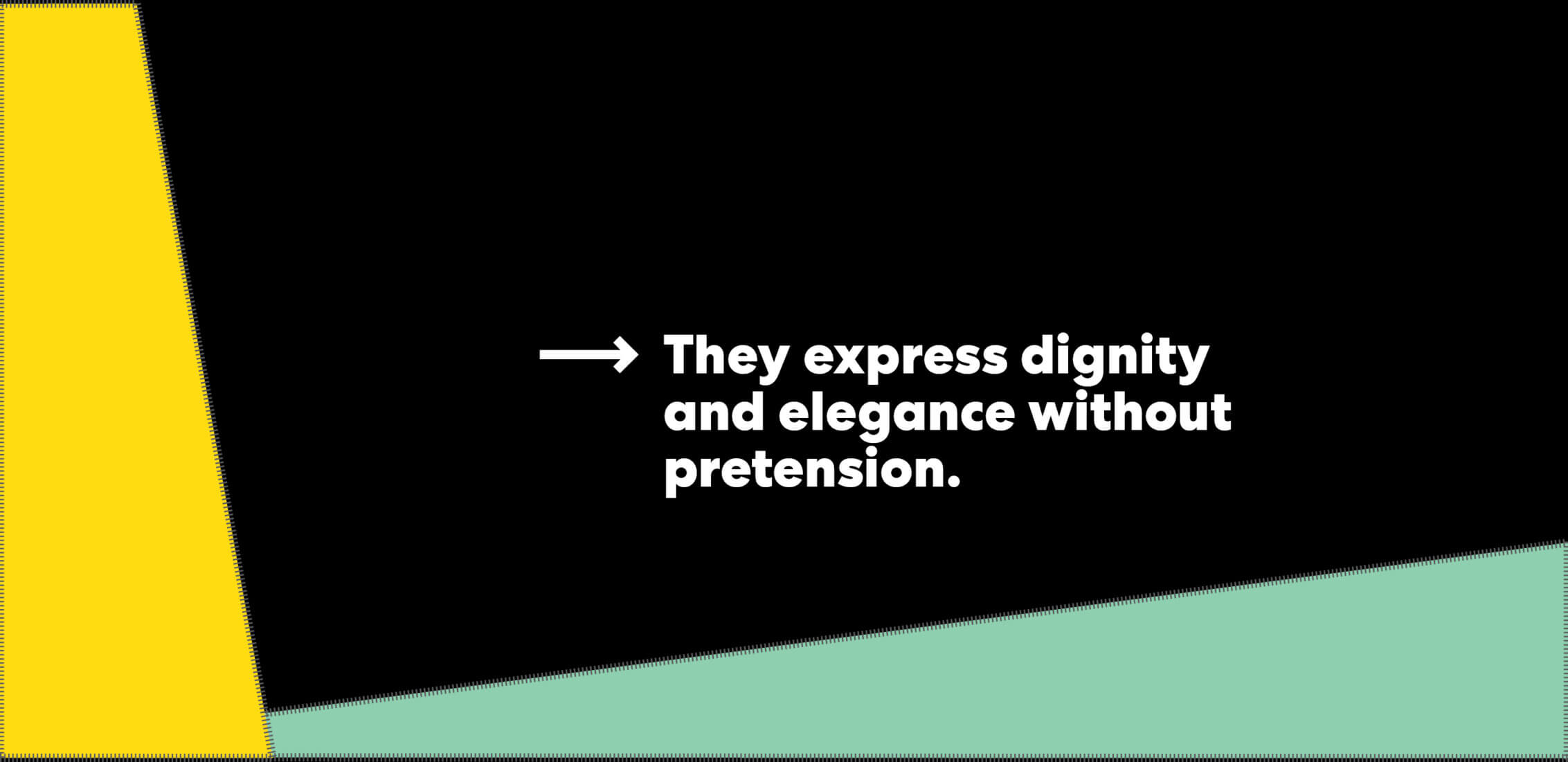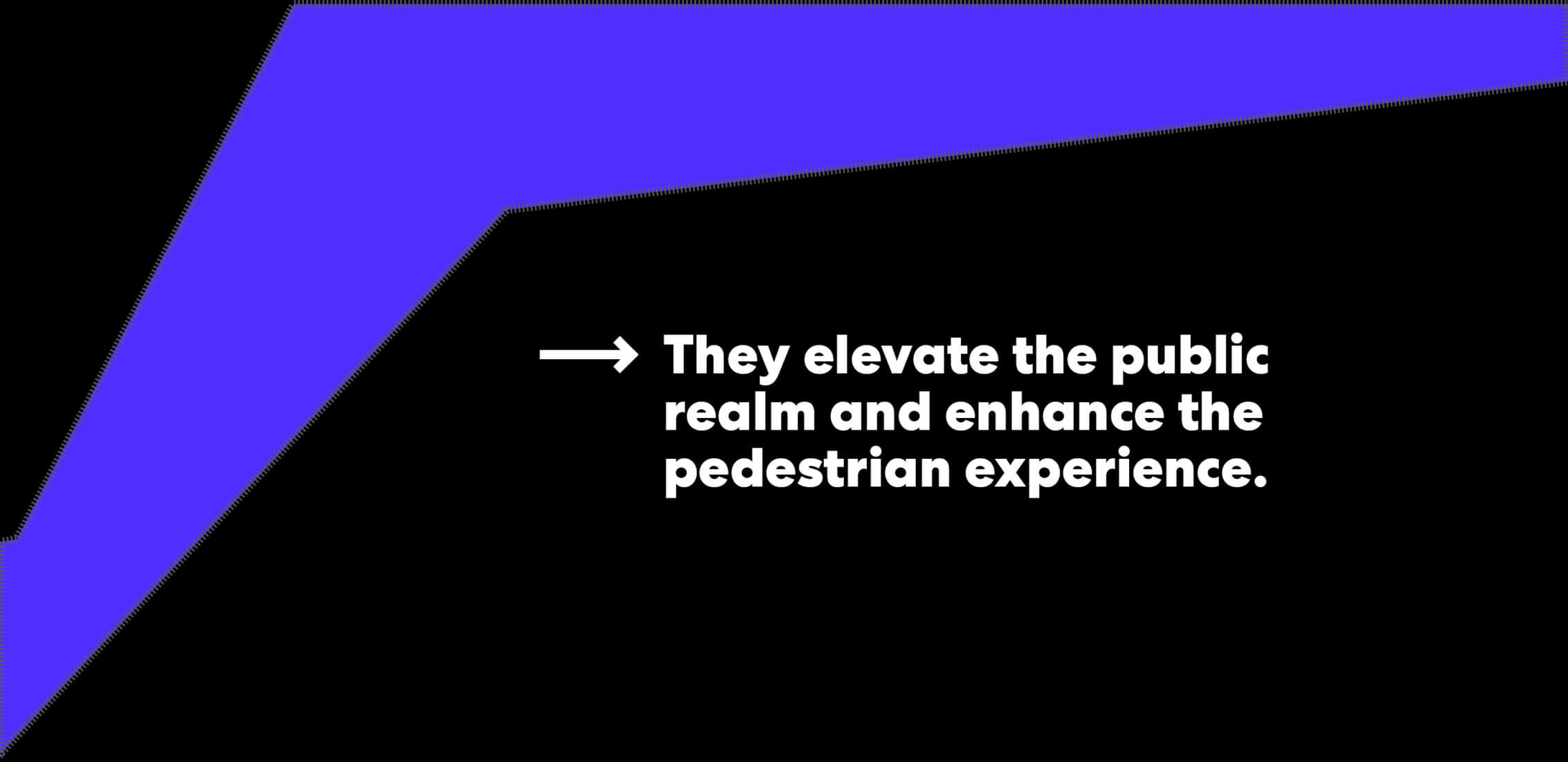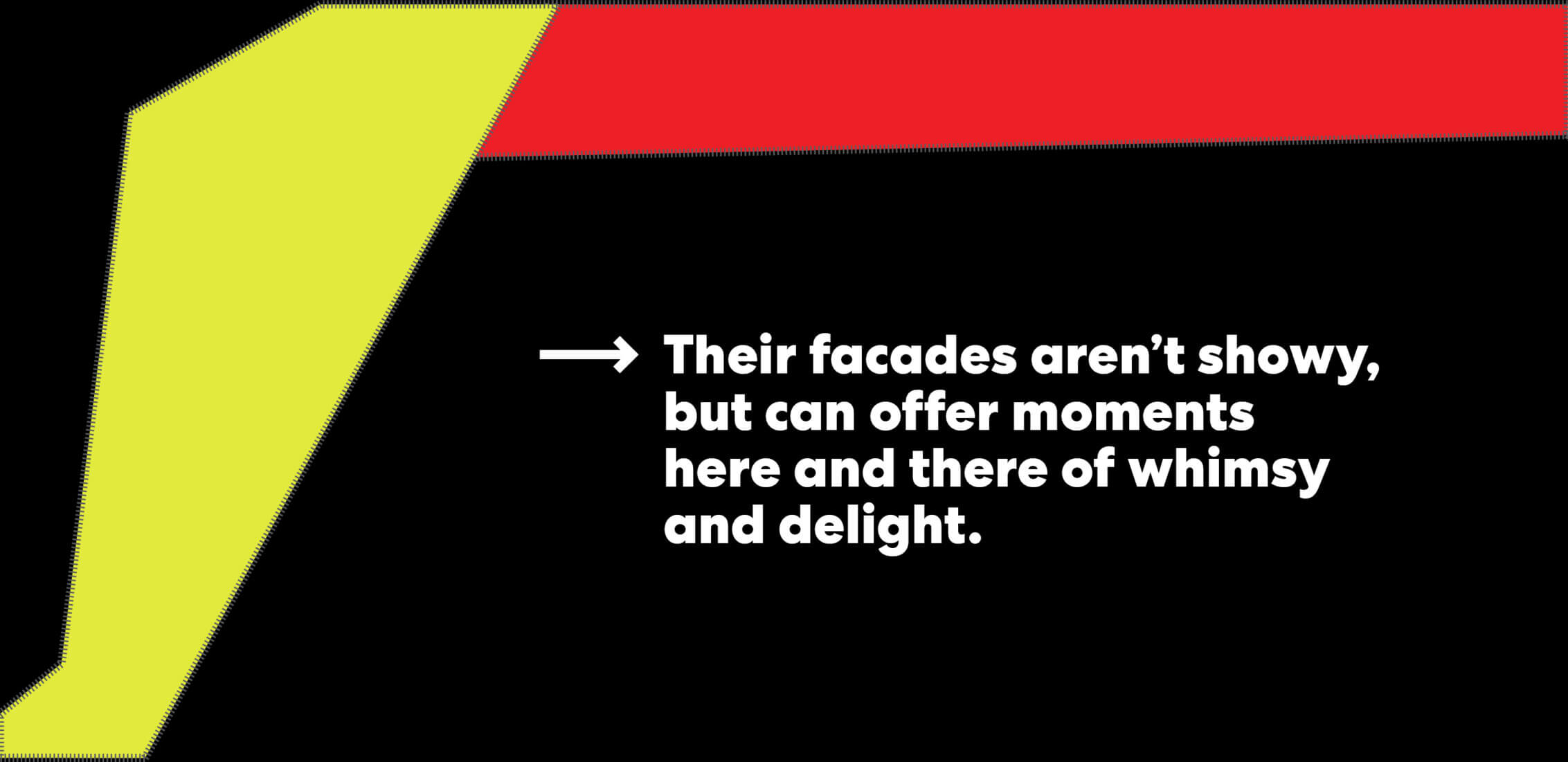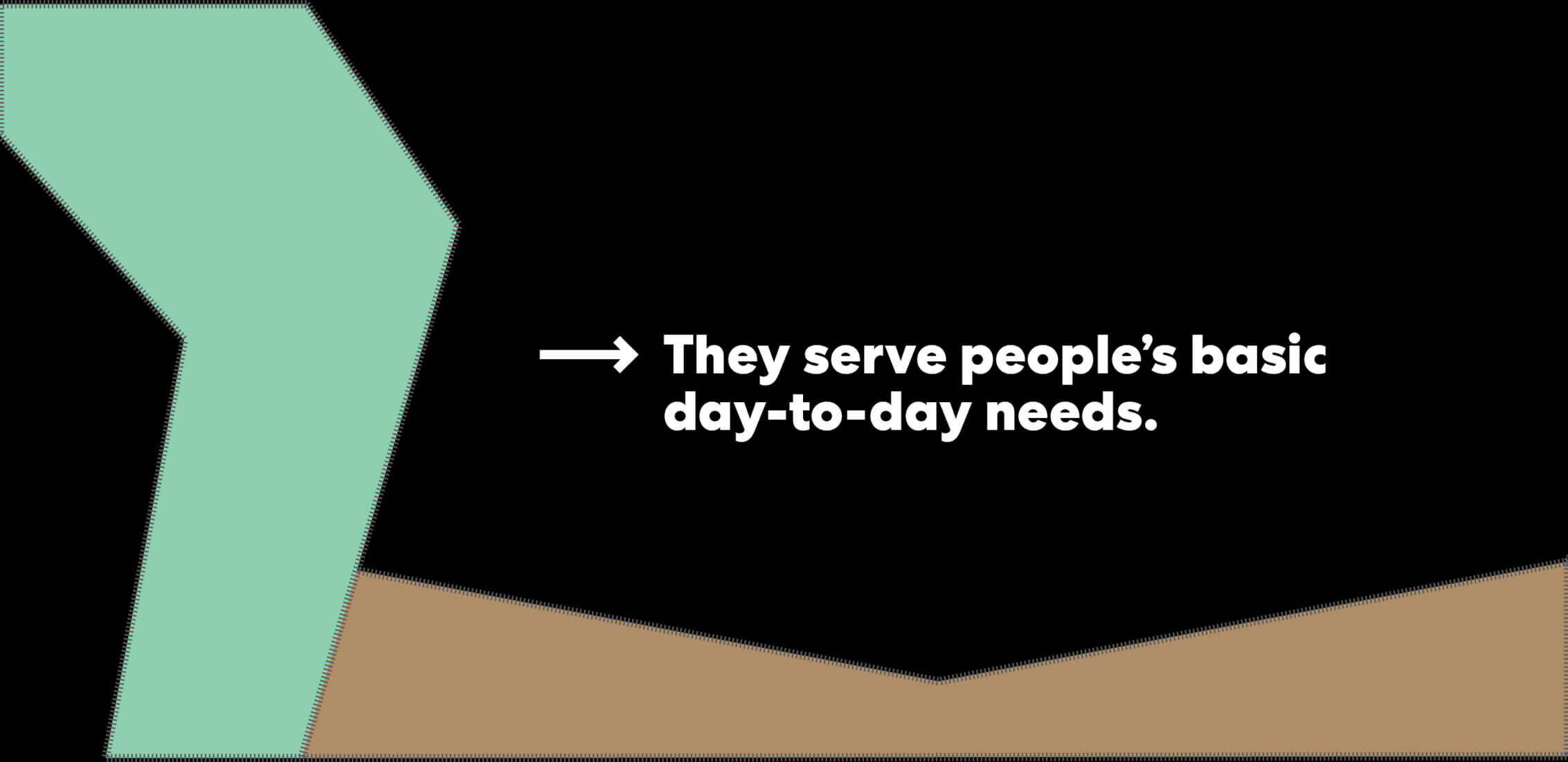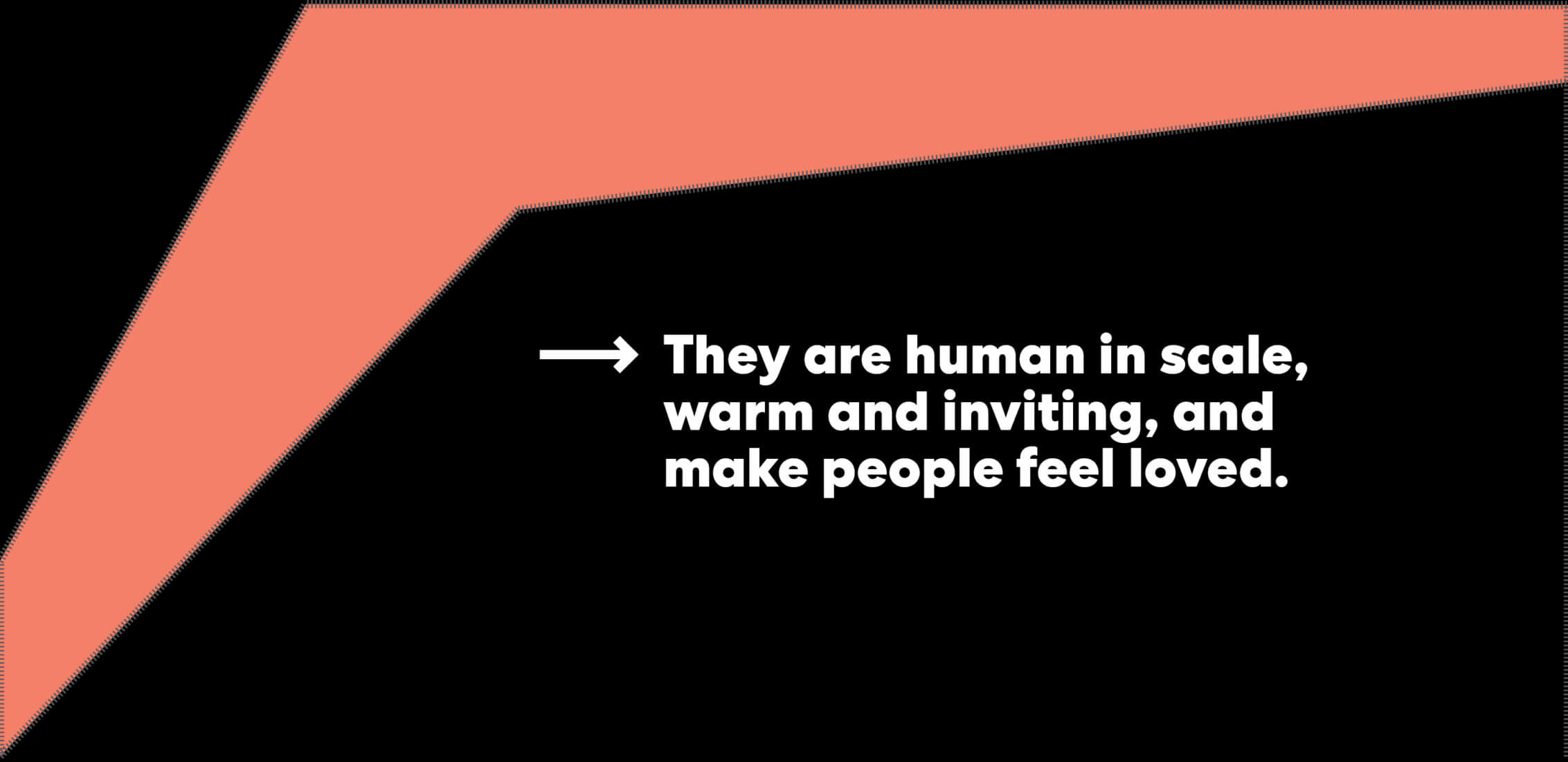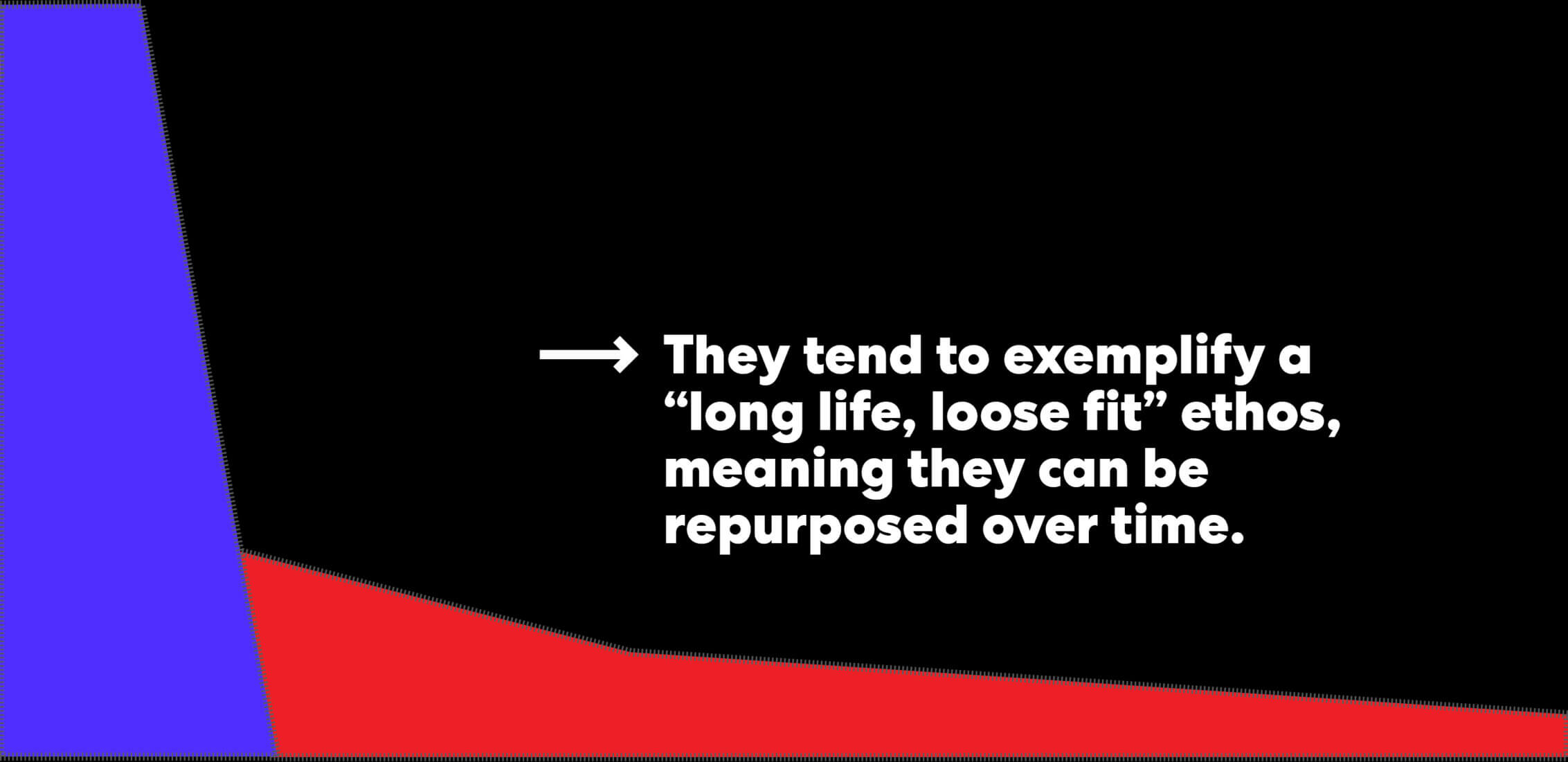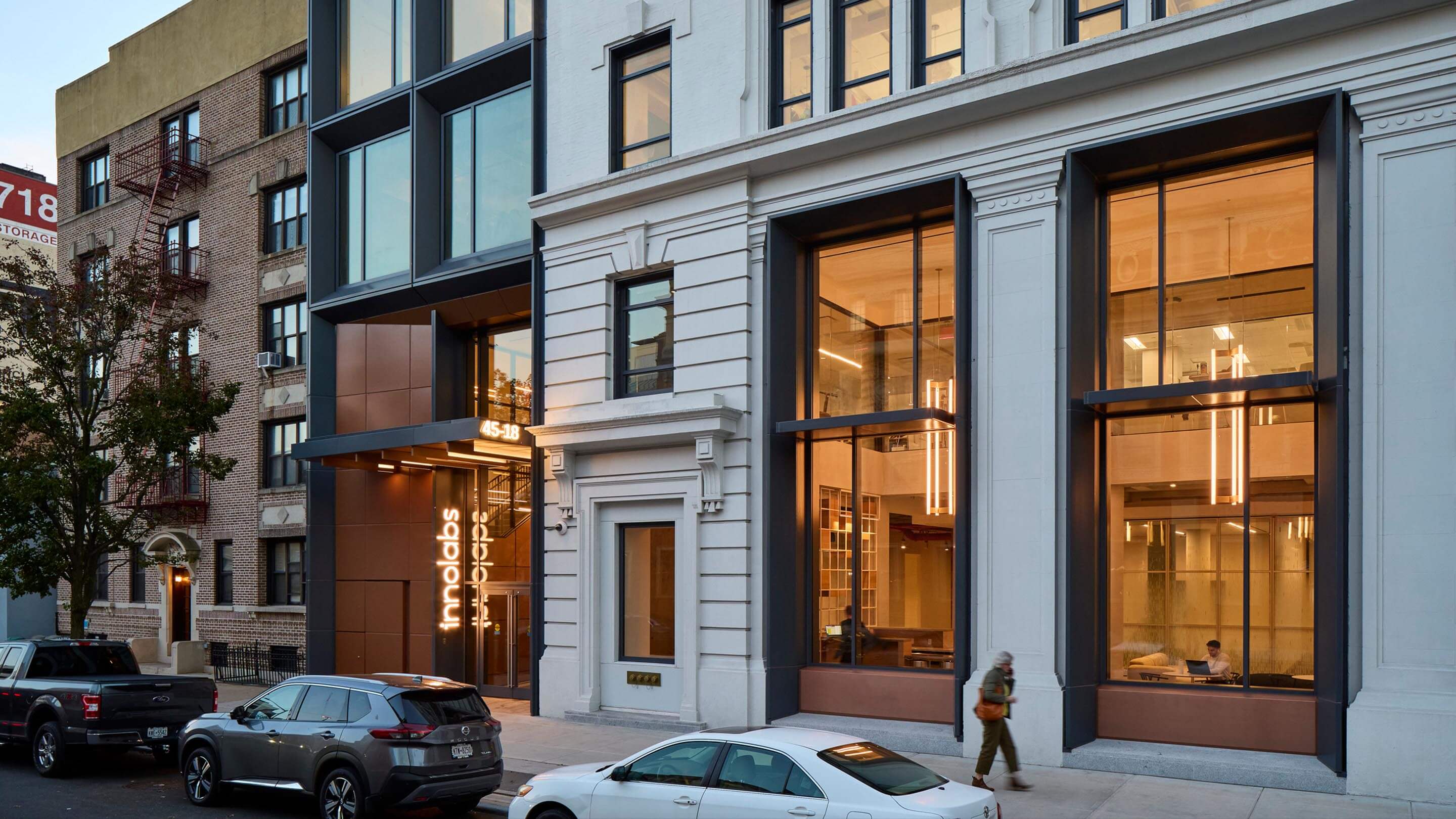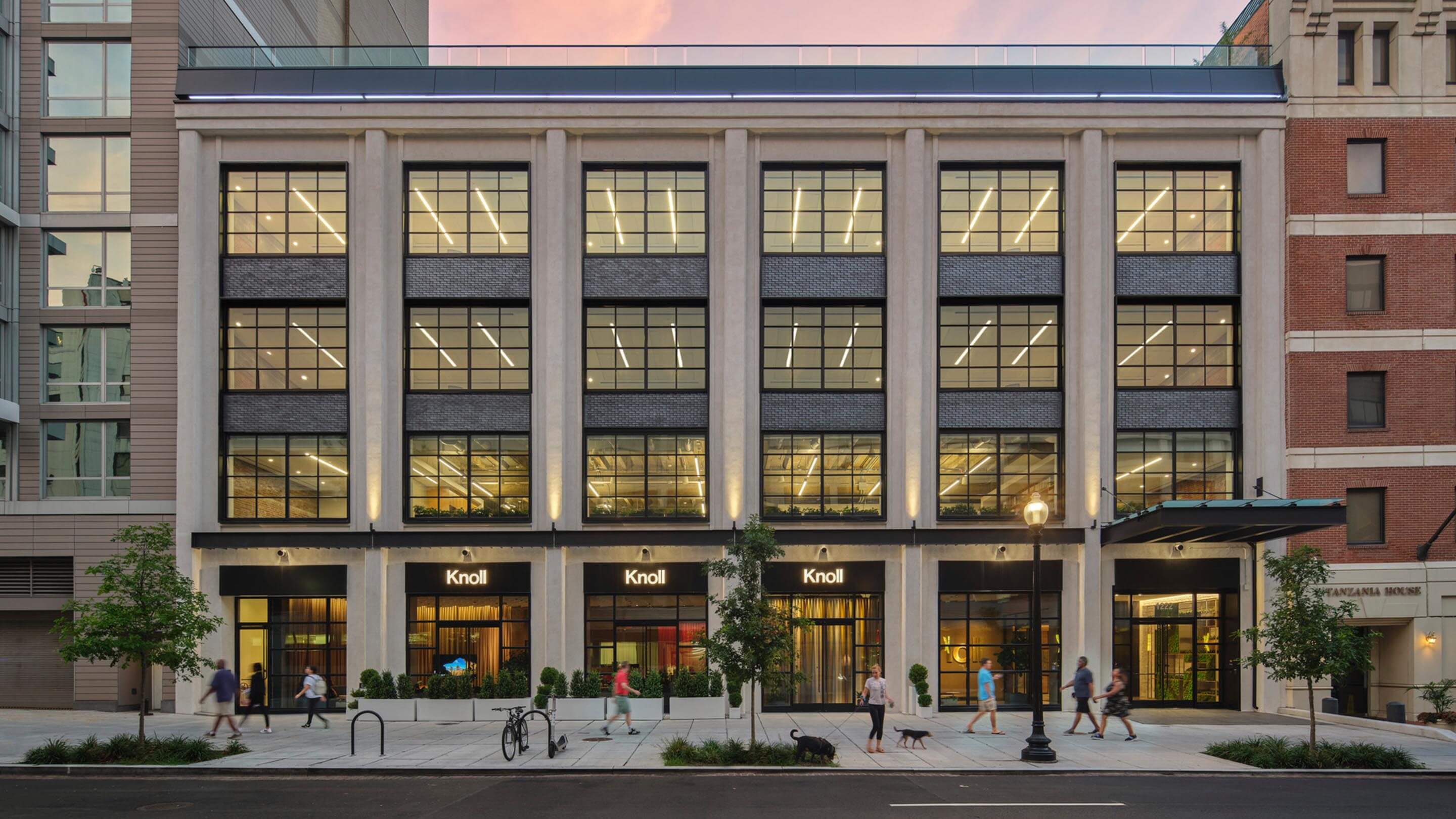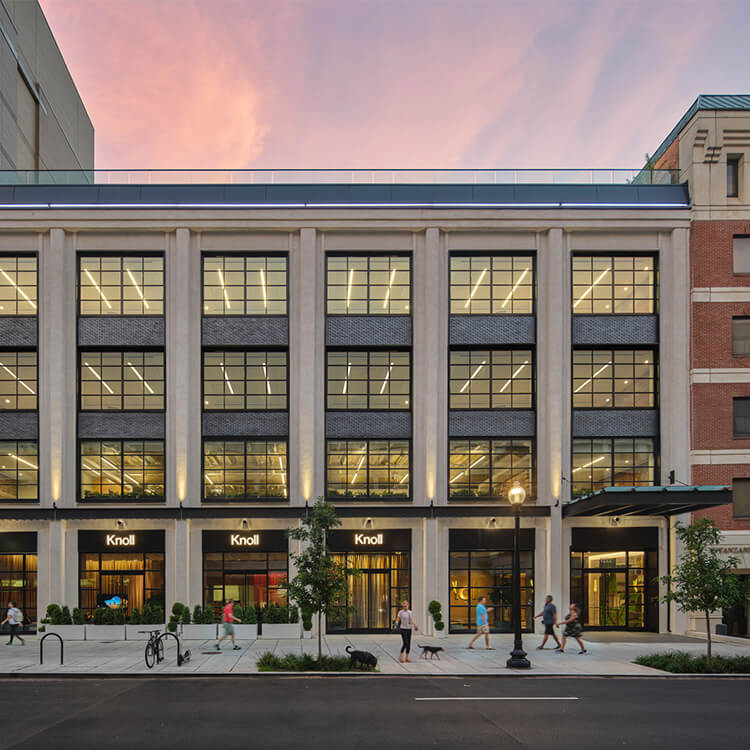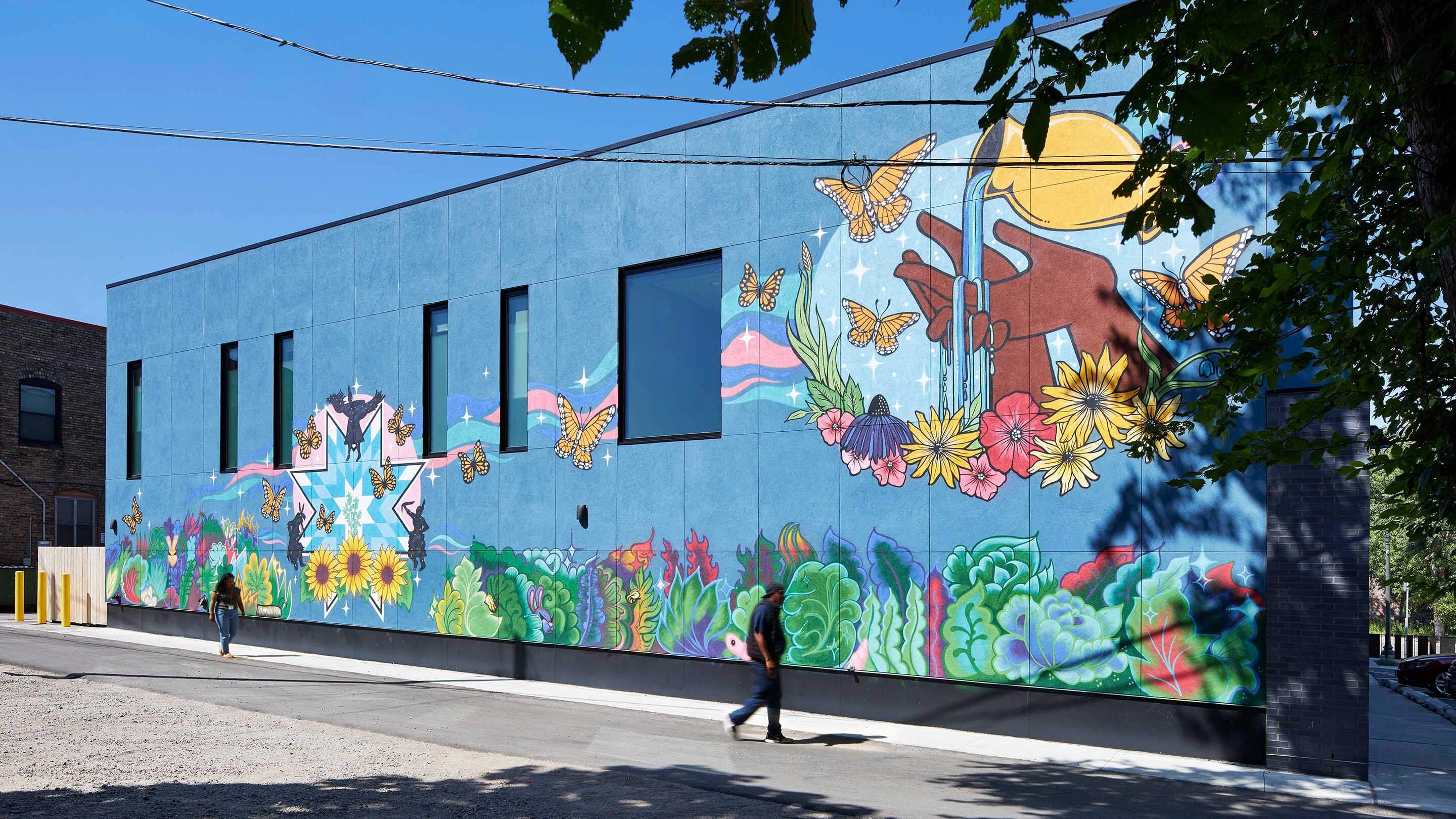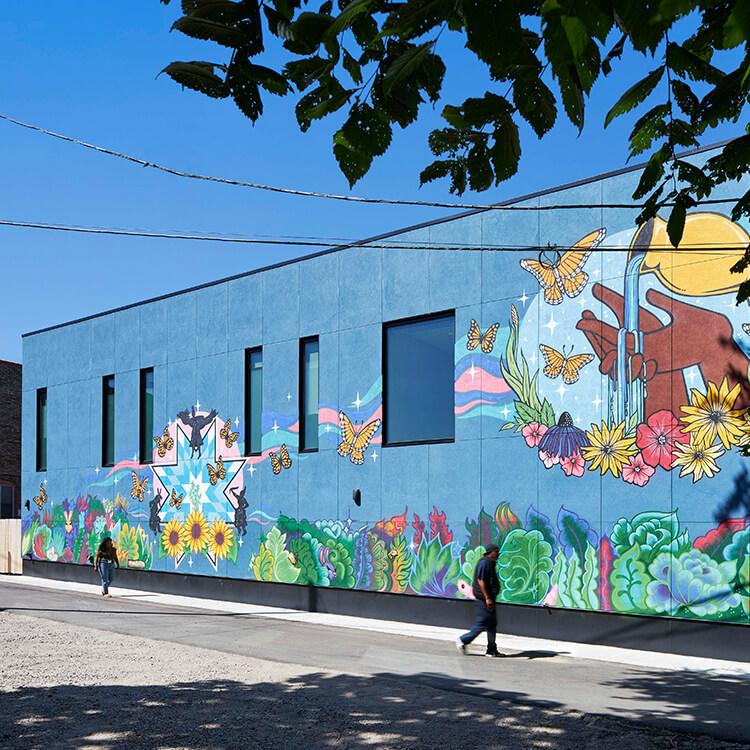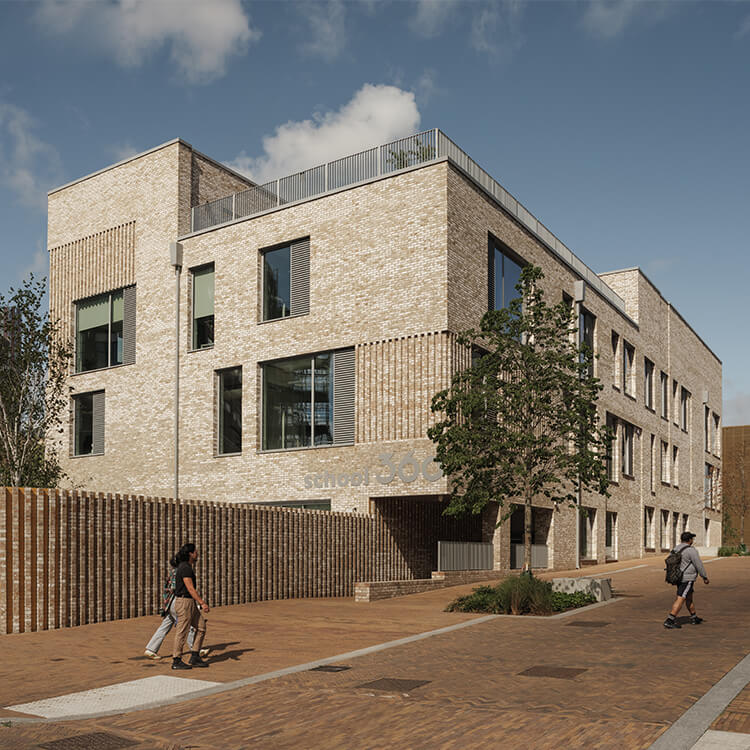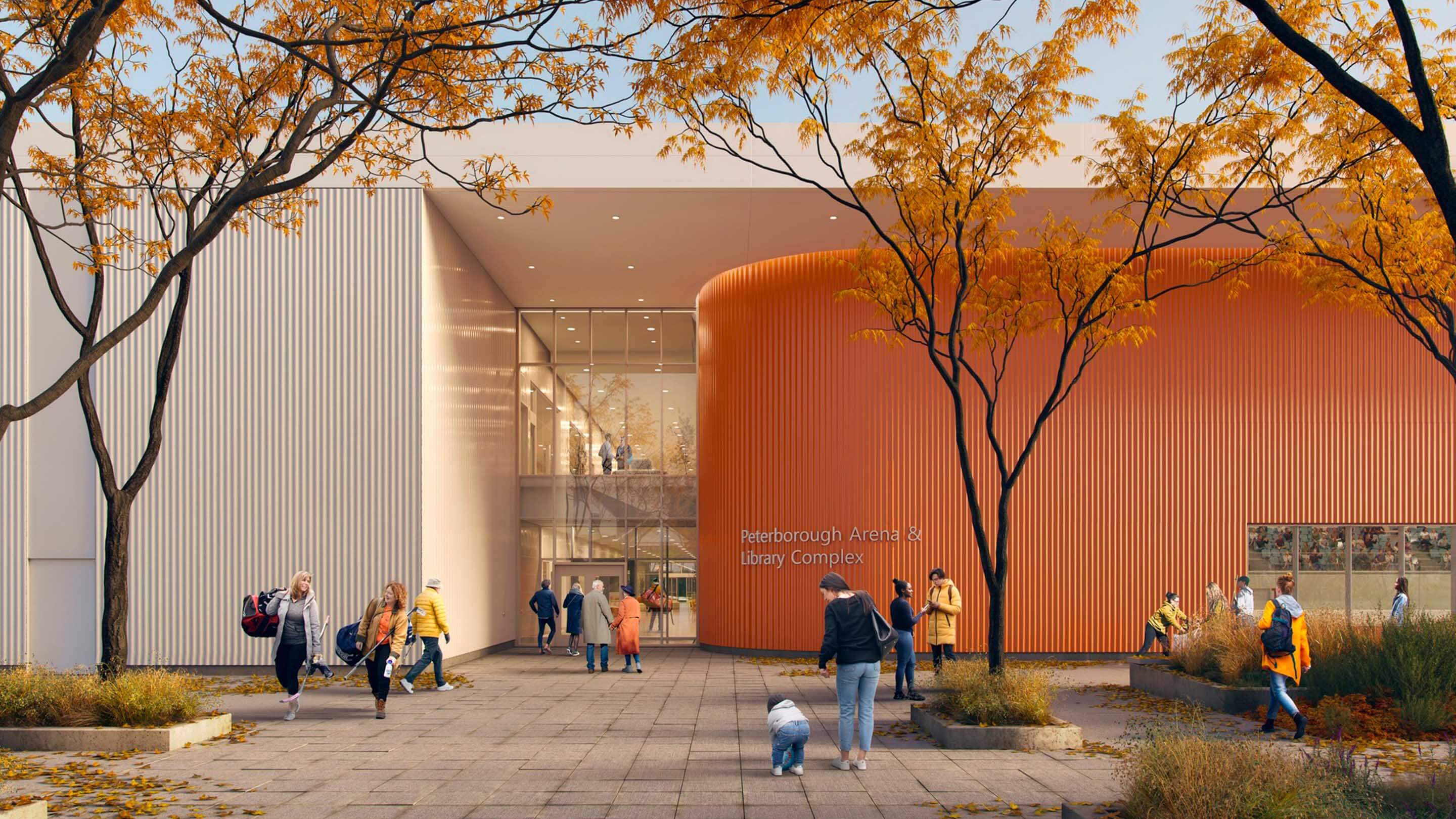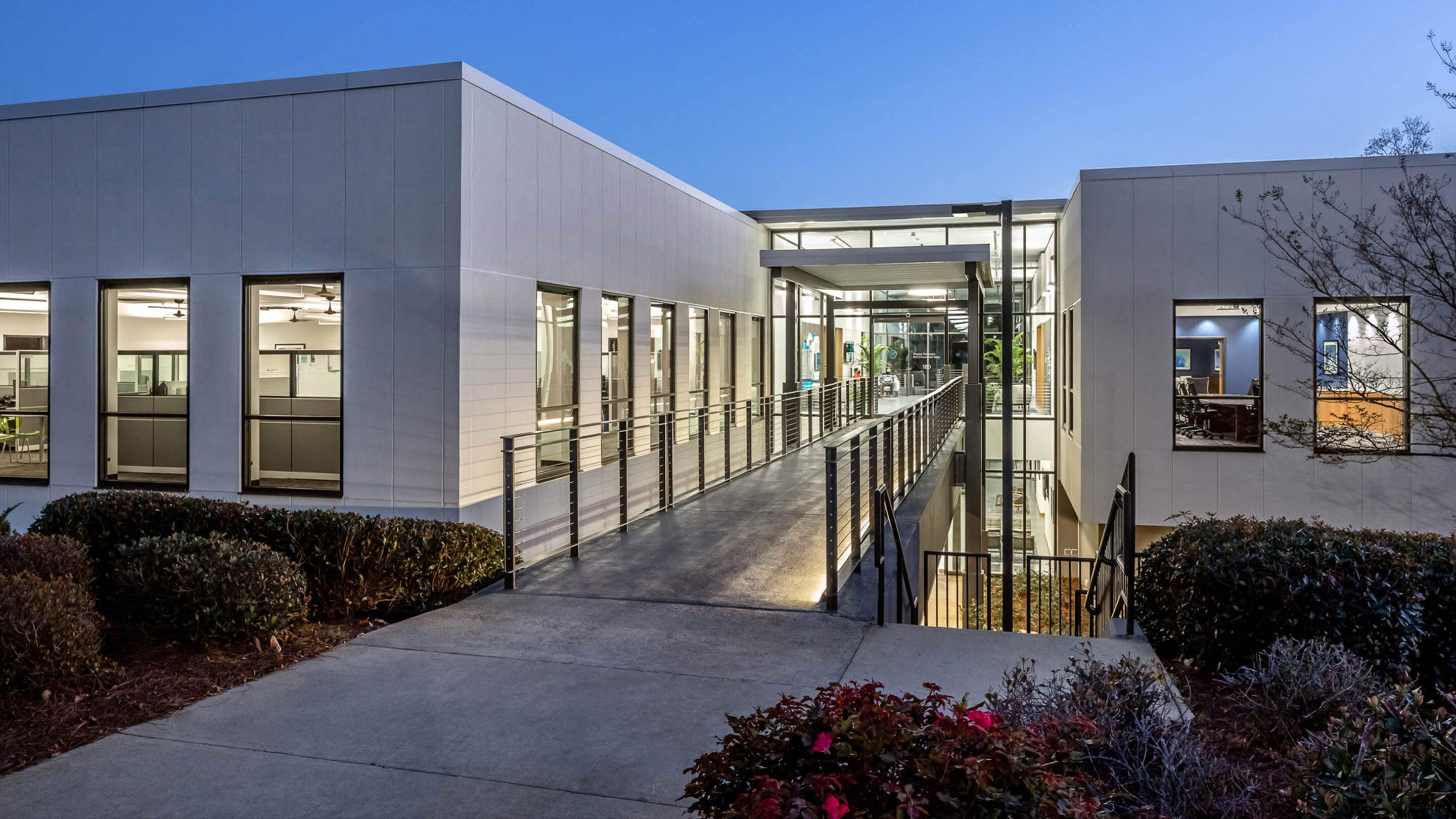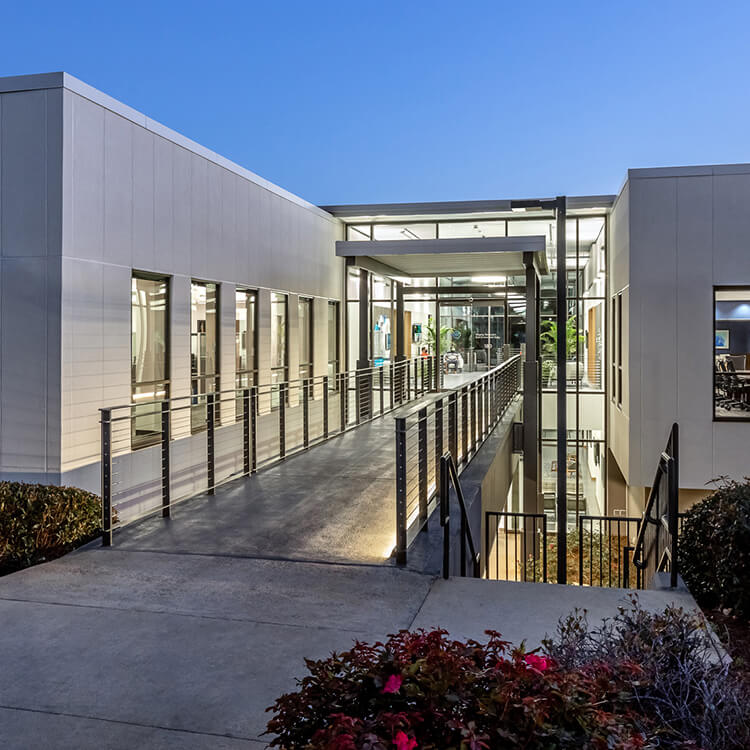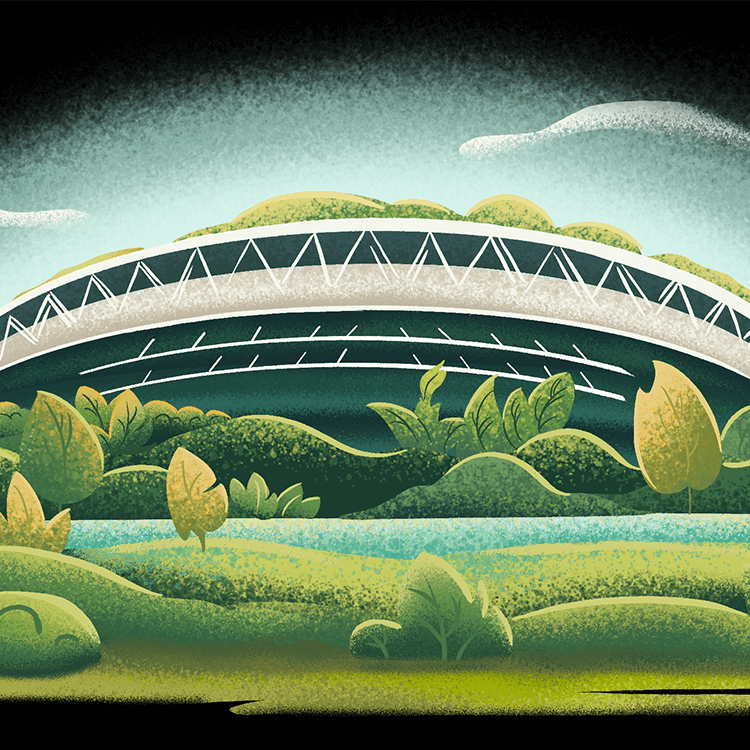Urban fabric includes the housing stock, the typical building on Main Street, and everyday civic and cultural institutions like post offices and libraries. It also includes the streets, sidewalks, parks, and other open spaces between buildings through which people move and interact.
Everyday architecture shouldn’t be banal. It should elevate and enrich the human experience.
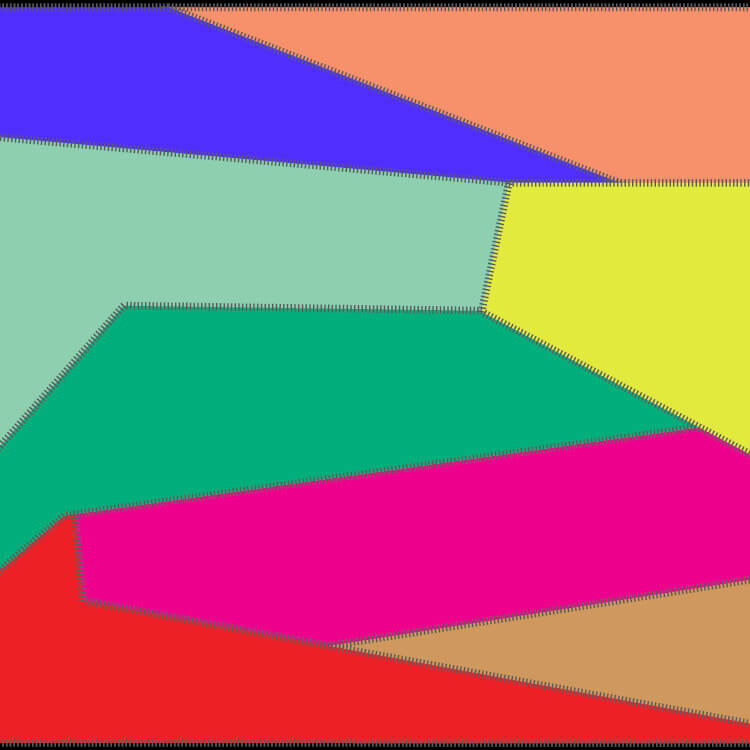
Imagine yourself for a moment in one of your favorite cities or towns. I’m willing to bet your memories conjure feelings of cultural richness and human connection. These feelings are the hallmarks of a great urban experience; they reflect a place’s unique identity and zeitgeist, and they are profoundly shaped by what we in the design community call urban fabric: the colorful tapestry of hundreds of smaller, often unassuming yet beautiful buildings that make up the totality of the community.
